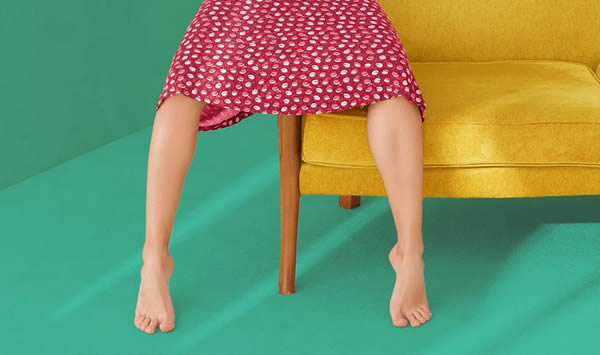
The website “Greatist” recently penned a quite informative article on Kegels, and of course they reached out to Heather Jeffcoat for her expert opinion!
“The pelvic floor muscles are just like any other voluntary muscle in the body, so we can treat them in a similar fashion as we’d treat other muscles: with manual therapy, corrective exercises and nervous system relaxation,” explains Jeffcoat.
From the Greatist “about us” page:
We cover the health and wellness stuff that matters — plus anything else that’s cool, important, or maybe even life-changing. Our goal is to help you take healthy — or healthy-ish — actions every day to live your best life. We give you the tools. You make the rules.
A few snippets from the article:
Pelvic floor 101
In case you haven’t heard yet, your pelvic floor muscles acts as a hammock for your pelvic organs (think: bladder, uterus, and bowel), holding them in place.
So how did we lose the plot to safe kegeling?
Unfortunately because Kegels are lauded as the thing all “responsible” vagina-owners should be doing, many folks with hypertonic pelvic floors (diagnosed or not) can worsen their condition and their symptoms by doing Kegels.
Sure, Kegels can benefit a weak pelvic floor, as well as counteract these symptoms:
- rectal, uteral, and bowel prolapse/collapse
- urinary and fecal incontinence
- halt your ability to orgasm
- hip, lower-back, and pelvic pain
For the full aritcle please go here.
